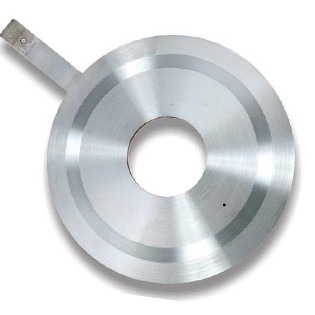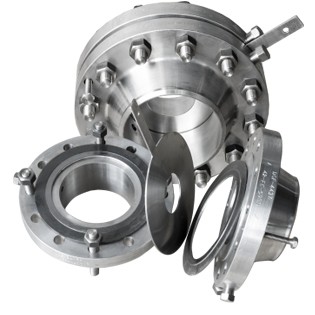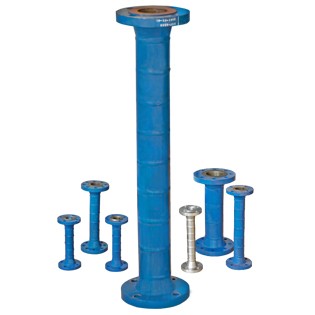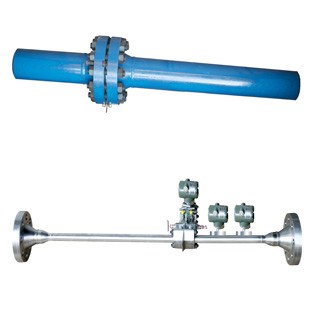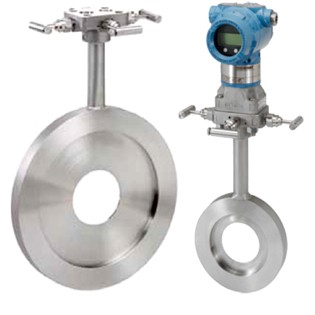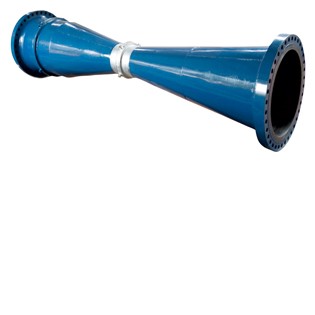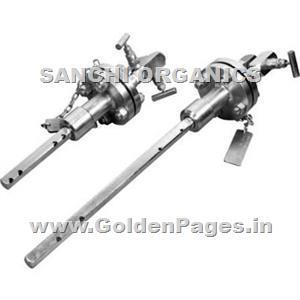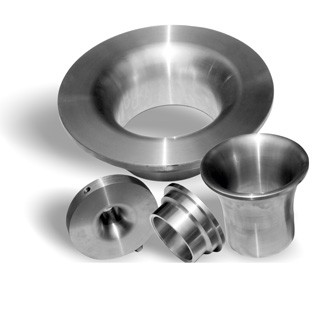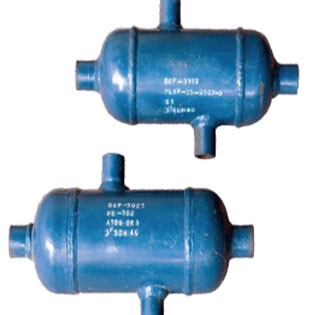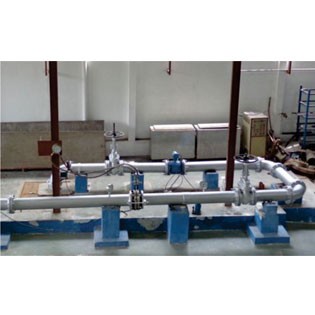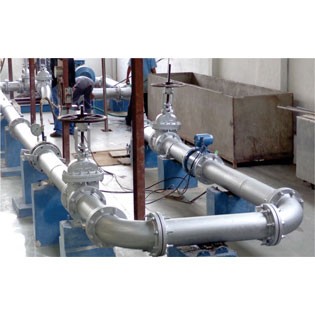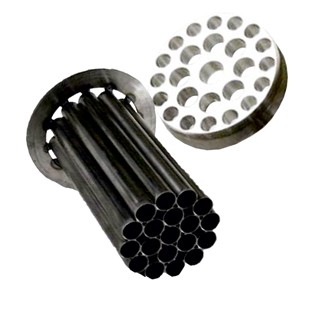
Flow Straighteners And Flow Conditioner Manufacturers
Features
Most flow meter technologies require significant and often unattainable upstream and downstream straight-run to meet and sustain specified accuracy. Similarly, most pump and compressor manufacturers recommend significant straight-run to ensure even flow into the pump to minimize wear and maximize service life.
General flow straighteners / conditioners reduce straight-run requirements to just a few diameters. General flow straighteners / conditioners eliminate the flow distortion effects of elbows, pipe expansion or reductions, valves, dampeners and other disrupters to produce a swirl-free, symmetrical and repeatable flow profile to the flow meter, pump or other critical components.
Further, General flow conditioners have extremely low pressure drop, resulting in significant energy cost savings over alternative flow conditioning technologies.
General flow Straighteners / conditioners are available in straight-pipe runs, a unique 90° elbow and insertion panel designs for virtually any pipe, tube or duct size.
General flow conditioners and straighteners enhance accuracy for many flowmeter technologies
Flowmeters require a swirl-free repeatable and symmetric velocity profile to operate within stated accuracy specifications. Flow disturbances caused by ball valves, elbows, headers, and blowers for example may adversely affect a flowmeters accuracy.
There are two ways to mitigate flow disturbances.
1. Maintain sufficient straight run upstream of the meter.
2. Utilize General Elbow flow conditioners / straightner.
General flow conditioner's technology is ideally suited to work in various medias including gas, stream, liquids, slurries, sludges, hydrocarbons, and more. The General flow conditioner outperforms all other flow conditioning technologies with respect to minimal pressure loss, non-fouling design, and repeatable flow profiles. The following highlights summarize the advantages of using this technology with various flow metering.
We are leading Flow Straighteners Manufacturers and Flow Conditioner Manufacturers in Mumbai, India
